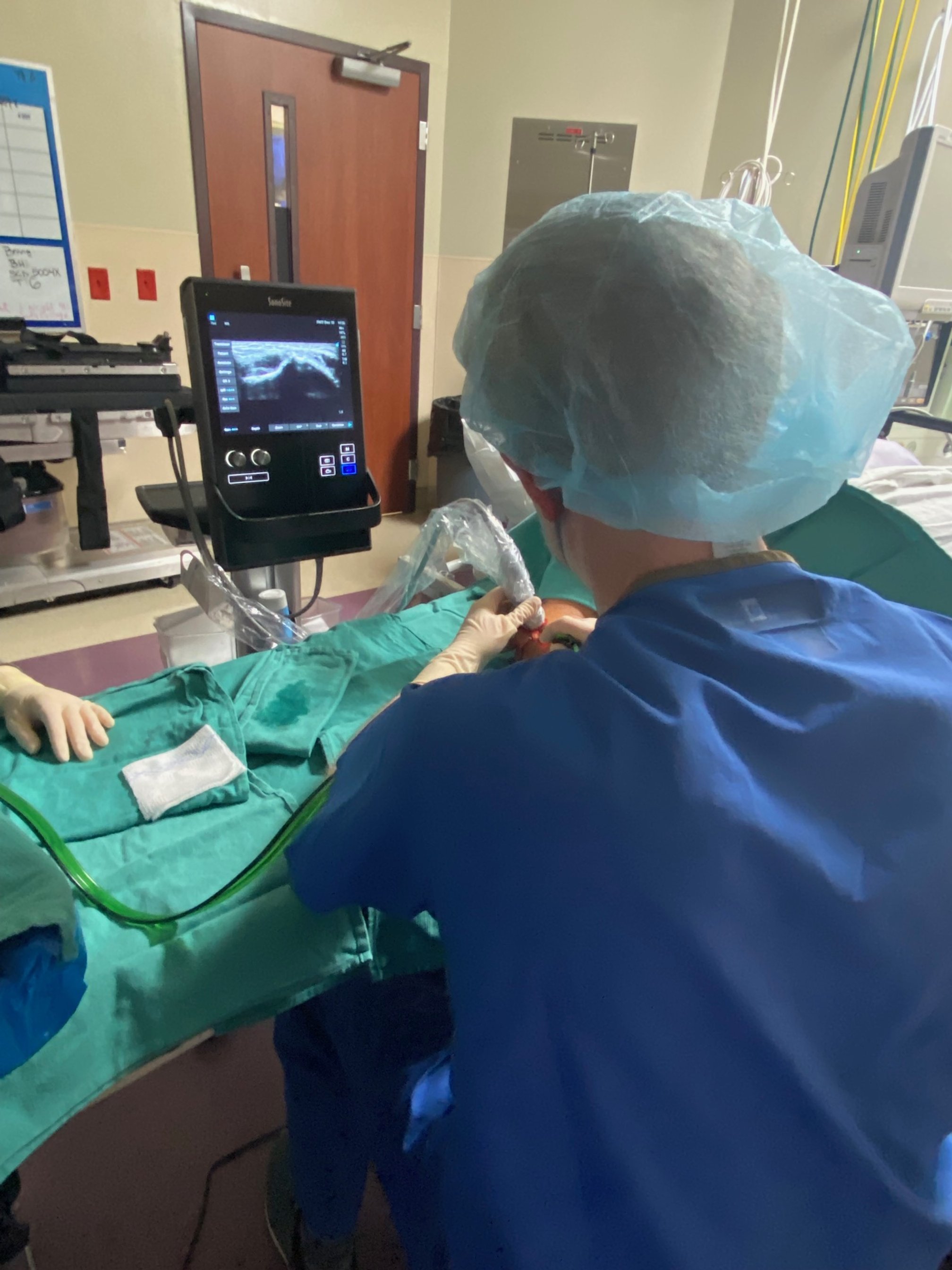TENex Gets a 10!
/Are you looking for permanent relief from tennis or golfer’s elbow? Are you tired of having elbow and forearm pain with lifting, gripping and grabbing, even with items like your phone or coffee mug? Are your workouts in the gym or tennis or golf severely hampered by these symptoms? Well, then look no further than the Tenex procedure. This is an innovative minimally invasive procedure developed 13 years ago in conjunction with the renowned Mayo Clinic. Dr. Holmes has performed more Tenex procedures than any other physician in middle Tennessee over the past 10 years.
The Tenex procedure, also termed a percutaneous tenotomy, is a great option for tennis or golfer’s elbow (also known as lateral or medial epicondylitis, respectively) that has not healed with rest and other possible treatments such as medications, physical therapy, injections, or bracing.
We go to the operating room, give the patient an injection of lidocaine only, a numbing agent. We get to avoid the sedation, cost and side effects of general anesthesia (getting put to sleep).
A tiny incision of about 1/4 inch is made. A small hand piece with a needle tip is inserted through the incision. Under ultrasound-guidance, this tip is inserted to the damaged part of the tendon and ultrasonic energy allows the tip to debride and remove the unhealthy portion of the tendon while leaving the healthy portion alone. Two minutes of treatment time or less and you are on the road to recovery.
No stitches required, just a few small steri-strips, followed by a small dressing and you are out the door, headed towards tendon healing, and eventually becoming pain-free.
Post-operatively, you wear a wrist splint for at least 2 weeks, and we restrict lifting for about 6 weeks. Our golfers, tennis players and weightlifters can usually gradually resume these activities at the 3-month mark. There is no “quick fix” for these conditions, yet Tenex offers a permanent solution to an often-stubborn problem.
We’ve done in the range of 500 of these procedures over the past 11 years with excellent results.
This procedure really beats the option of steroid injections, which often make the condition worse in the long term. The alternative to Tenex is a larger surgery requiring a 2-inch incision and a much longer recovery.
In our book, the Tenex procedure gets a rating of 10!


